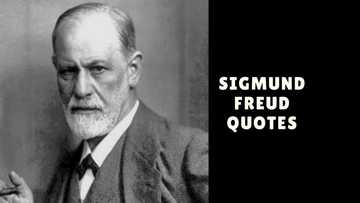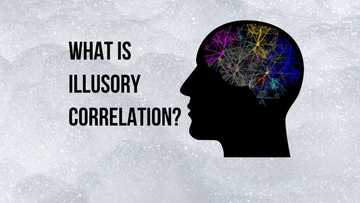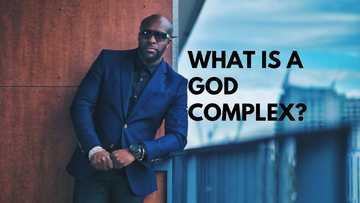Different types of lies and examples
A lie is a universal psychological phenomenon. Adults explain to children that a liar is a bad person. And at the time of knights, the accusation of lying was a good reason to engage in a duel fought with swords. However, despite this negative attitude, almost all people are liars deceiving those around them and themselves. A lie is a widespread phenomenon, but you will be impressed to learn how many types of lies exist nowadays.
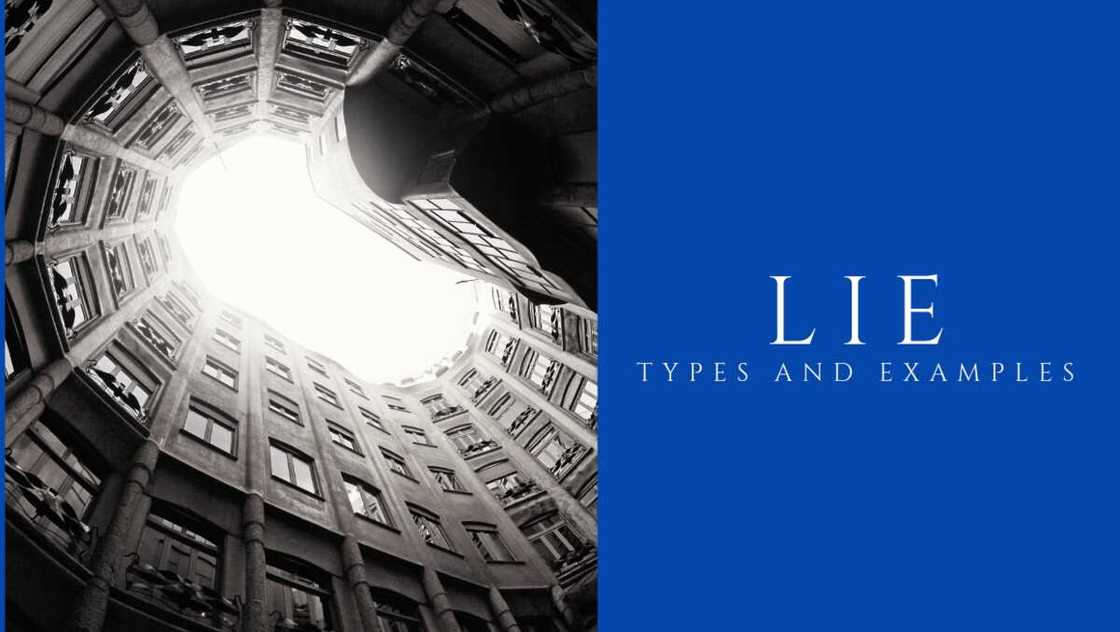
Source: UGC
Before exploring the ubiquity of deception in everyday life, even from people whom we believe, it is useful to study the lie definition, having considered it with a few examples.
What is considered lying?
Paul Ekman in the book Telling Lies denotes a lie as an act by which one person misleads another. A person is doing this intentionally, without prior notification of his or her goals and without clearly expressing request not to reveal the truth.
In the explanatory dictionary, you can meet the following definition, which means that "a lie is words, speeches that are opposite to the truth."
In general, deception is disinformation, a false message transmitted to a specific subject. If a person is deceived, he or she takes lie for truth. The concept of deception is logically opposed to the idea of truth, but at the same time, it can also be an unintended delusion, and ingenious falsification, pure hypocrisy, and the "truth" of the previous historical stage.
We want to say that deception is always a deliberate action, and if a person lies unintentionally, he or she is also a liar. The concept of "lie" includes not only the perversiоn of the truth (the message of false information) but also the omission about anything significant (hiding the truth).
Cheating, as a deliberate act, most often expresses selfish isolation, disruption of community, distrust, hostility towards others, or unauthentic communication, dominated by pragmatic goals. Falsity is a vice that has a destructive effect on every virtue.
However, it is necessary to distinguish lie as an act of a subject pursuing individual interests, and deceit as a result.

Source: UGC
READ ALSO: What are the types of socialization in sociology?
Thus, we can conclude the concepts of lies, deception and dishonesty, as separate categories with different functions. But in general, despite the diversity of thoughts, it is possible to single out one main characteristic, the fact that this is a perversiоn of the truth for personal gain.
What are the types of lies?
The existence in English of a large number of terms denoting a lie implies the need to distinguish subtle differences between its types. Some scientists have divided the deception into separate categories depending on the destructiveness, the psychology of the liar, and its object. Such classifications should be treated with caution because they can affect the problem of morality. We undertook a study and selected the most common types of lies.
Hoax

Source: UGC
It is a statement made by a person who is not sure of its truth. Although such an assertion may look plausible (and sometimes even turn out to be true). It is not based on facts.
An example of a hoax is the following: a resident explains to a nonresident how to get to a particular monument, without knowing where this monument is actually located.
A special place is occupied by scientific mystification namely hypotheses and theories that have not yet been confirmed by experiments and facts, have already been approved.
Falsification

Source: UGC
It is divided into three types:
- Giving a copy of the original (forgery of art objects).
- Forgery of documents, as well as the use of materials that are obviously not valid.
- Counterfeiting is a special case of falsification.
Often, some types of falsification are criminal offences.
Simulation

Source: UGC
It is a human imitation of a physical or psychotic state that this person is not really experiencing at the moment. Thus, the simulation of diseases is widespread (especially among students, recruits and prisoners). There is also a simulation of injuries in sport. It can also be considered a simulation of fictitious tears and other such simulated emotions.
Impersonation
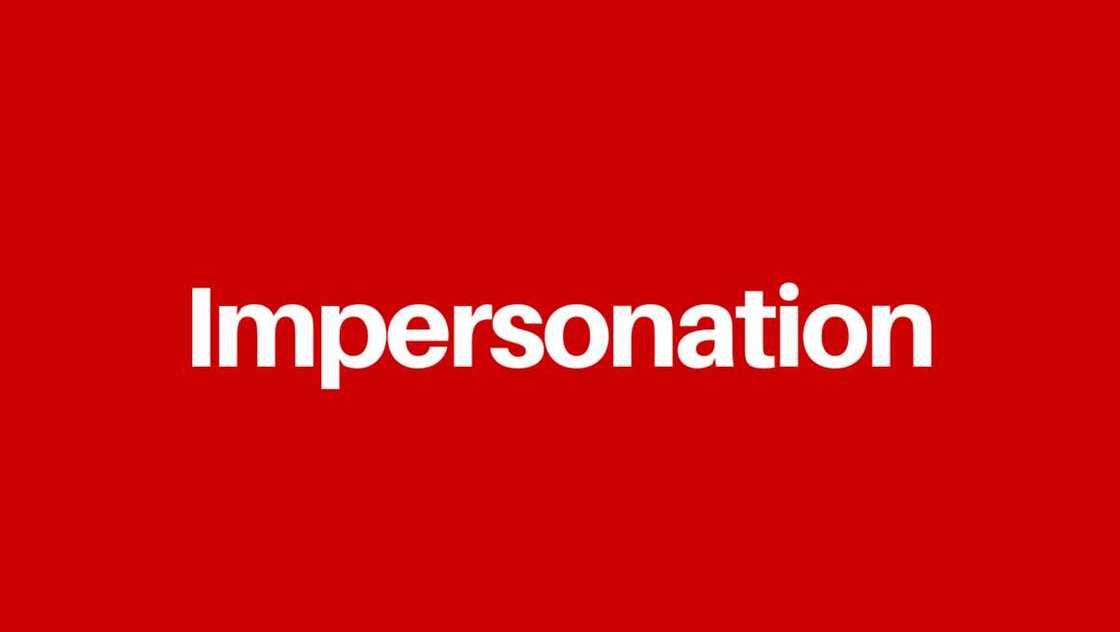
Source: UGC
It is imposture of another person, real or fictional. If such deception pursues selfish purposes, then imposture becomes a fraud.
For example, the well-known French warrior Joan of Arc was posing as a man, but her intentions were benevolent. Such trick is often found in literary works, especially in detective stories, adventure novels and fairy tales. It should be distinguished from dissociative mental disorders (dissociated personality) and those cases when a person accepted deliberately false information about his or her origin by faith (most often in childhood).
Plagiarism

Source: UGC
It is a violation of copyright, consisting of ascribing to oneself discoveries, inventions, or works of art (literary, visual, musical), made by another person. Often the term "plagiarism" is used in a narrower sense to denote copyright infringement in literature. In most modern countries, plagiarism may entail a trial. The absence of an indication of the source of information is necessary to qualify anyone’s actions as plagiarism.
Substitution of notions
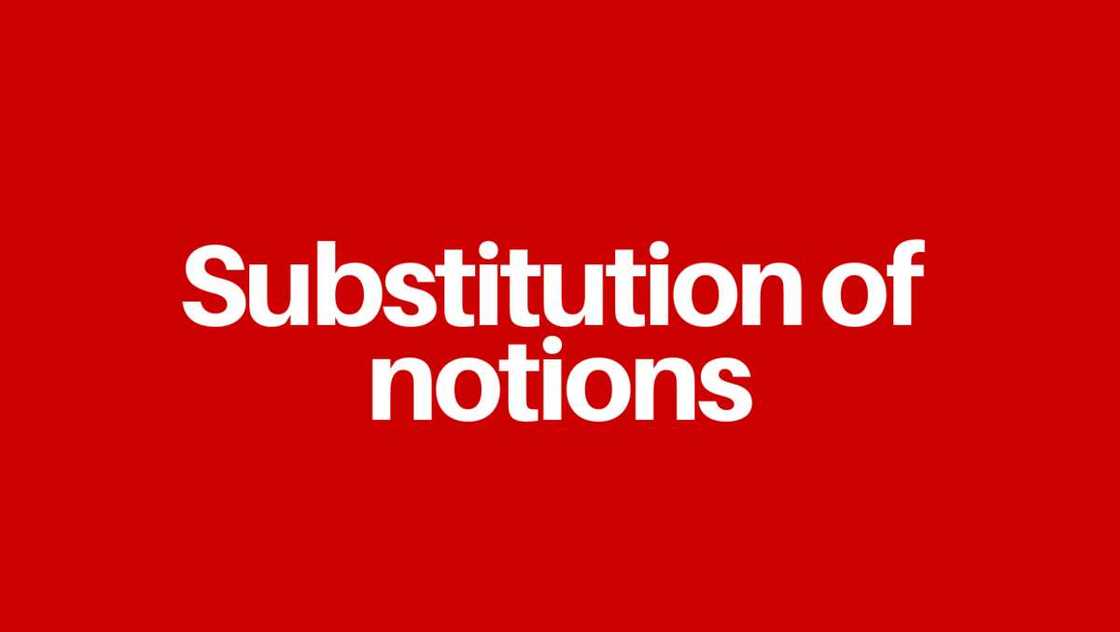
Source: UGC
It means a deliberate misinterpretation of the concept, with the aim of misleading the interested person.
There are many examples in the fairy tale of Gianni Rodari Gelsomino in the Country of Liars such as ink was sold instead of bread in a bakery, and decent people were called pirates.
Children's lie
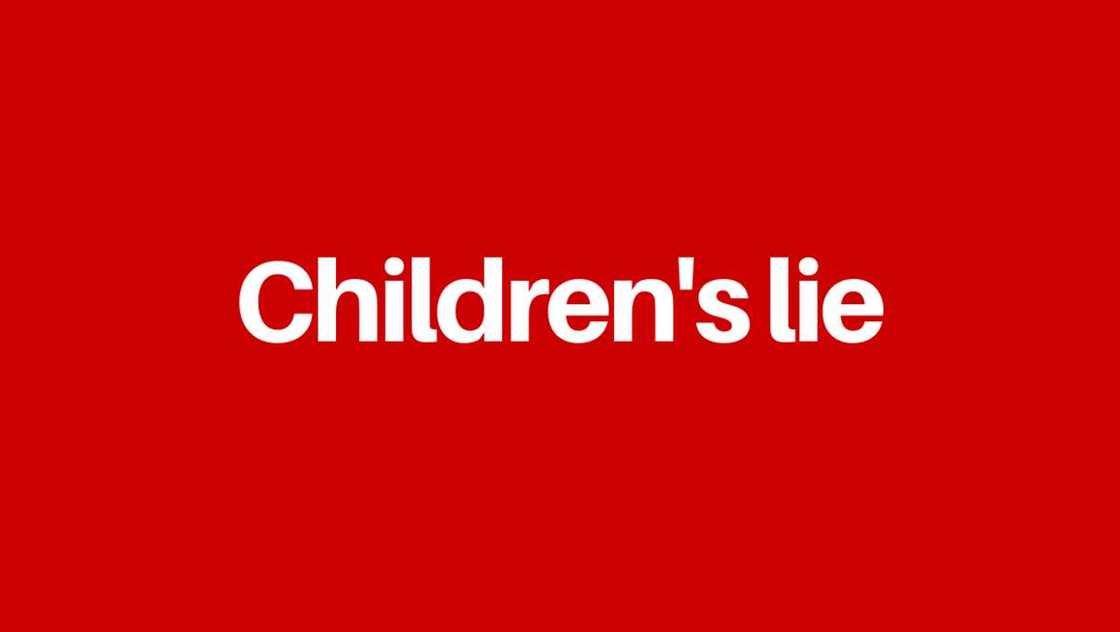
Source: UGC
It is a specific type of lies, which consists in giving children their fantasies as reality. According to most psychologists, the phenomenon of children's lies is related to the fact that they do not always know how to distinguish reality from imagination and take the game as fact. But still, there is a question whether a child’s lie is actually a lie in the full sense of the word. Children sincerely believe in their fantasies and are not going to mislead anyone. According to the majority of psychologists, this is a typical stage in the development of the child`s imagination.
Bare-faced lie
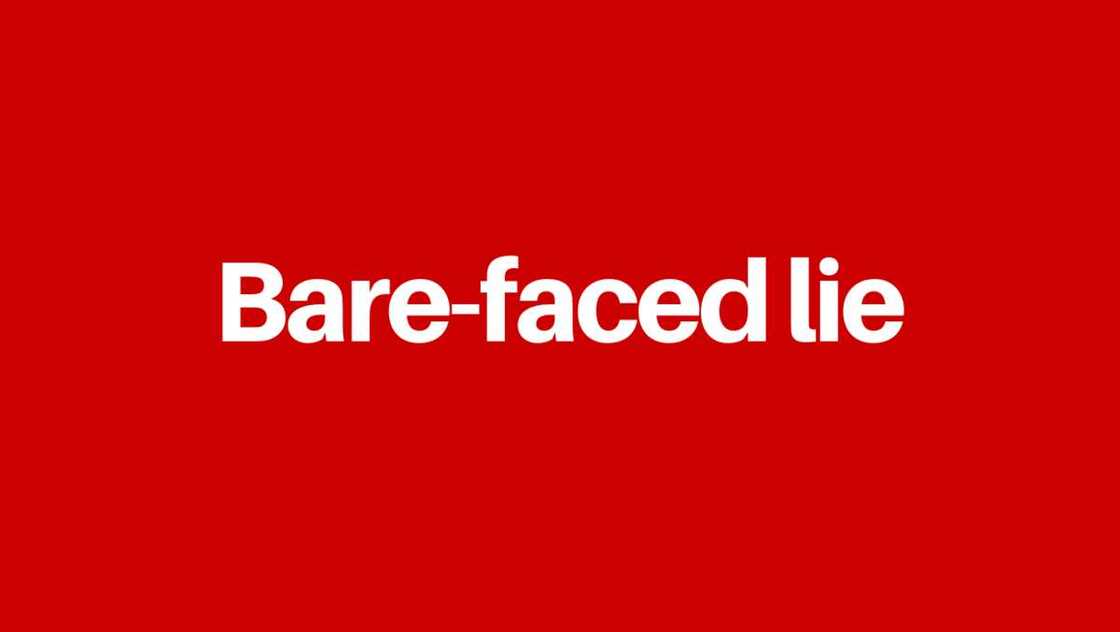
Source: UGC
It is a statement, the falsity of which is obviously not only to the one who expresses it but to all interested persons. For example, the child’s denial of a stolen chocolate bar, while his or her lips and palms are covered with chocolate.
Half-word

Source: UGC
It is a situation when a speaker reports some facts, but hides the most important of them, allowing the other person to leap to a conclusion. It is also avoiding a direct answer to a question, as well as providing irrelevant information to the interested party.
For example, a seller may inform a buyer that a car has been regularly serviced without telling that the last maintenance had revealed significant vehicle breakdown.
In some cultures, the omission is not considered as a form of lies, but it is evident that the importance of hidden information plays a significant role. In the legislation of many countries, it means perjury.
Fairy tales for children
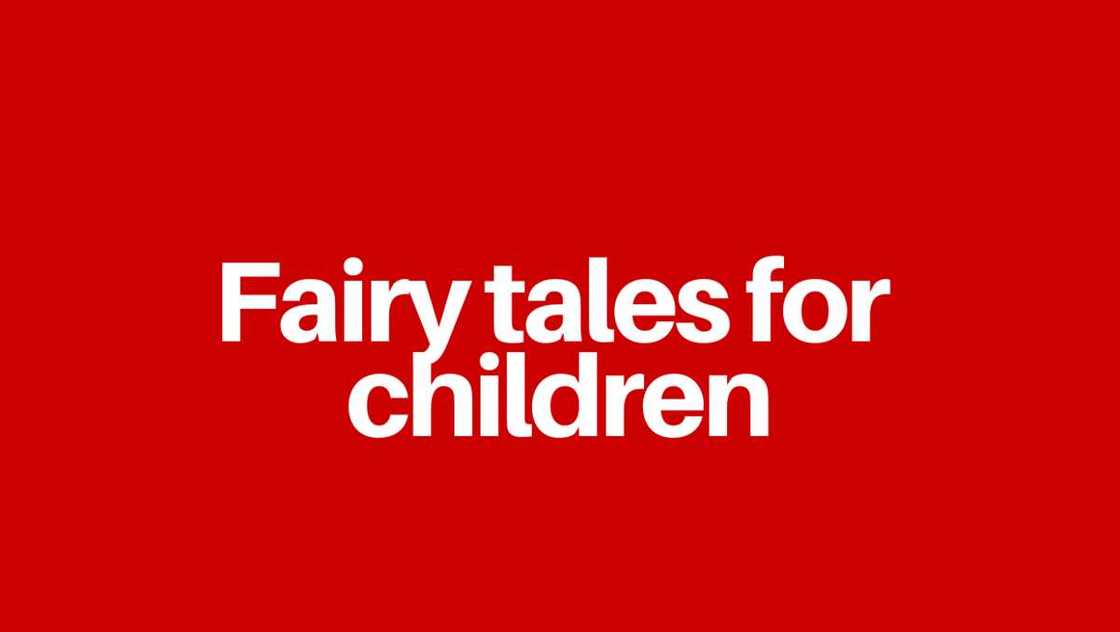
Source: UGC
It is a kind of lie that allows you to talk with children about phenomena or concepts that are considered "non-childish" in a particular society.
A well-known example is an answer to the question such as "where do babies come from", and the explanation is "stork delivers."
READ ALSO: Benefits of humility in life according to the Bible
Myths and stereotypes
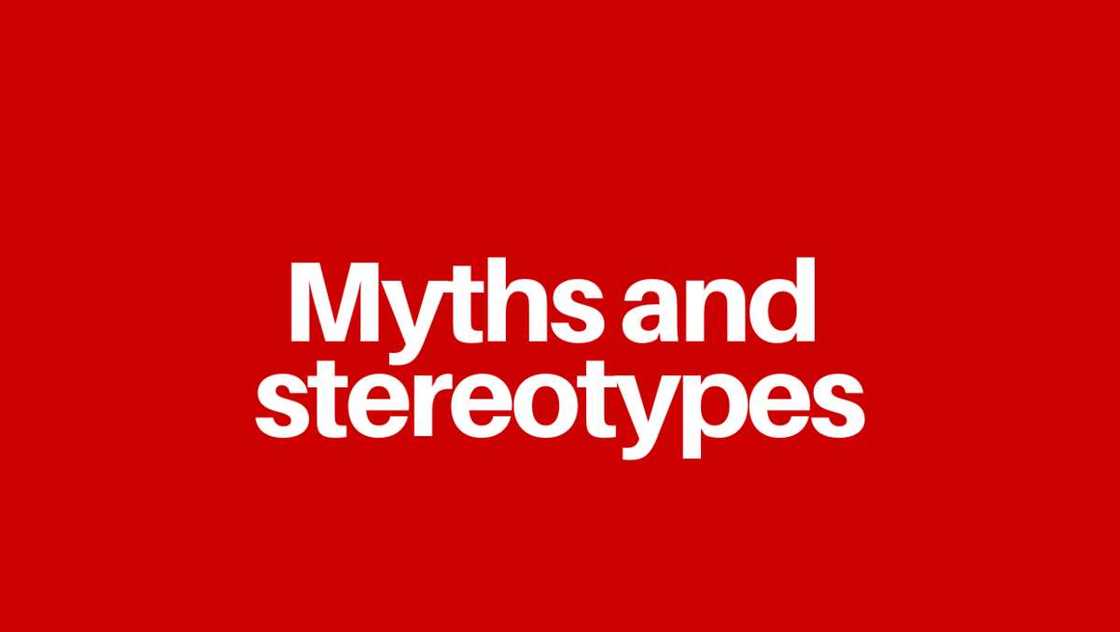
Source: UGC
They touch upon fairy tales for children and are a kind of "fairy tales for adults." Myths are widespread mistaken beliefs based on ignorance of scientific or historical facts. A classic example of myths is that the book can stop the flying bullet. Numerous myths are superstitions and prejudices (the myth that 13 is an unlucky number, etc.). Stereotypes are widespread, not scientifically and statistically confirmed. They can partially correspond to the truth, but are either superficial or not reflecting the essence of the phenomenon. They can be true only in some cases and do not reveal any real general pattern.
Examples of stereotypes are the opinion that boys cry less often than girls; that children lie more often than adults (it, by the way, is the most common and mistaken stereotype about lying).
The spread of myths and stereotypes is largely promoted by literature and cinema, especially pseudoscientific transmissions. Myths and stereotypes almost always have a pronounced local character. The question of whether myths and stereotypes can be considered a lie is still open, as they always suggest a belief in a false statement. However, there is no doubt that a person lies, trying to convince others of the truth of a myth or stereotype that they do not believe.
White lie

Source: UGC
It, according to the speaker, will provide a listener with considerable relief. And in the case of disclosing its falsification, will bring only a slight inconvenience. White lies are usually said not to offend or upset people.
For example, to say compliments to a girl who does not have a beautiful appearance. For the most part, a white lie is determined by local customs, and rarely it can be separated from other types of deceptions. In many cultures, white lies are not punished and even recommended.
Flattery

Source: UGC
Flattery touches upon white lie. It is an excessive exaggeration of the virtues a person actually has or even does not possess. But there is a fundamental difference between white lie and flattery which means that the first one is not always condemned and is a standard in some cultures. Whereas the second one is always recognised as contrary to moral norms. Flattery in most cases is regarded as a kind of deception.
Lie for good
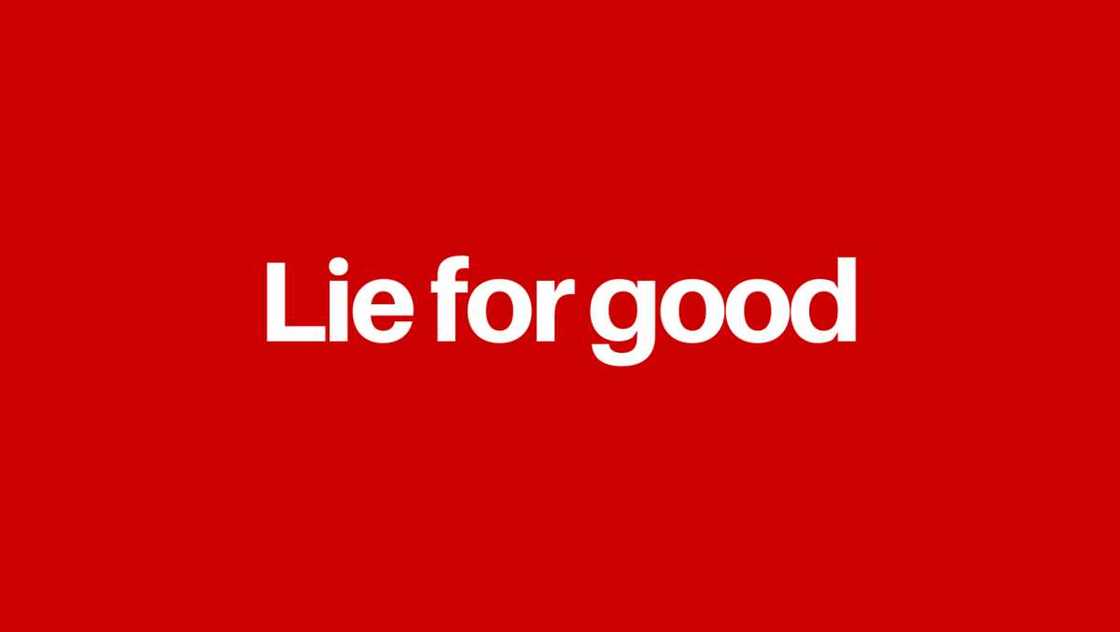
Source: UGC
In the case of disclosure, it will harm a listener. But at the same time, it represents a significant benefit to the person or society as a whole.
Examples of a lie for good are the assurance of a dying person that everything is fine, or misrepresentation of a criminal, etc.
Lie for the rescue
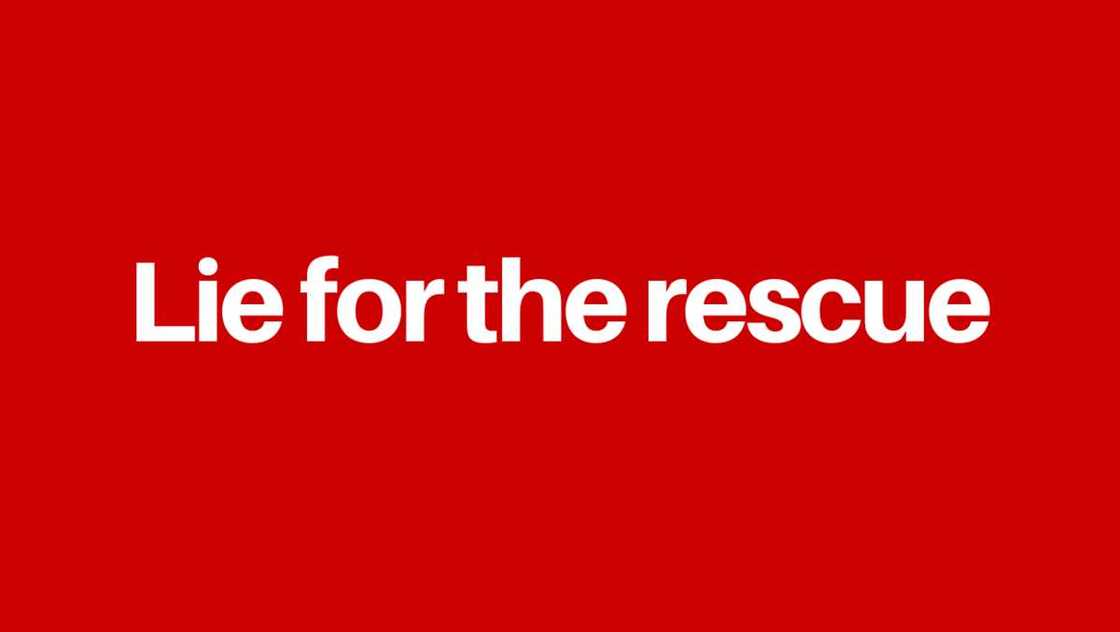
Source: UGC
It is divided into three types:
- To avoid responsibility (for example, the criminal denies his guilt).
- To avoid serious problems (for example, cheating during the test as a way to prevent a low score).
- A way to commit the "lesser of two evils" (for example, a way to avoid participation in a crime).
Attitude towards such trick is ambiguous because it can be considered as the previous one.
Lie on oath
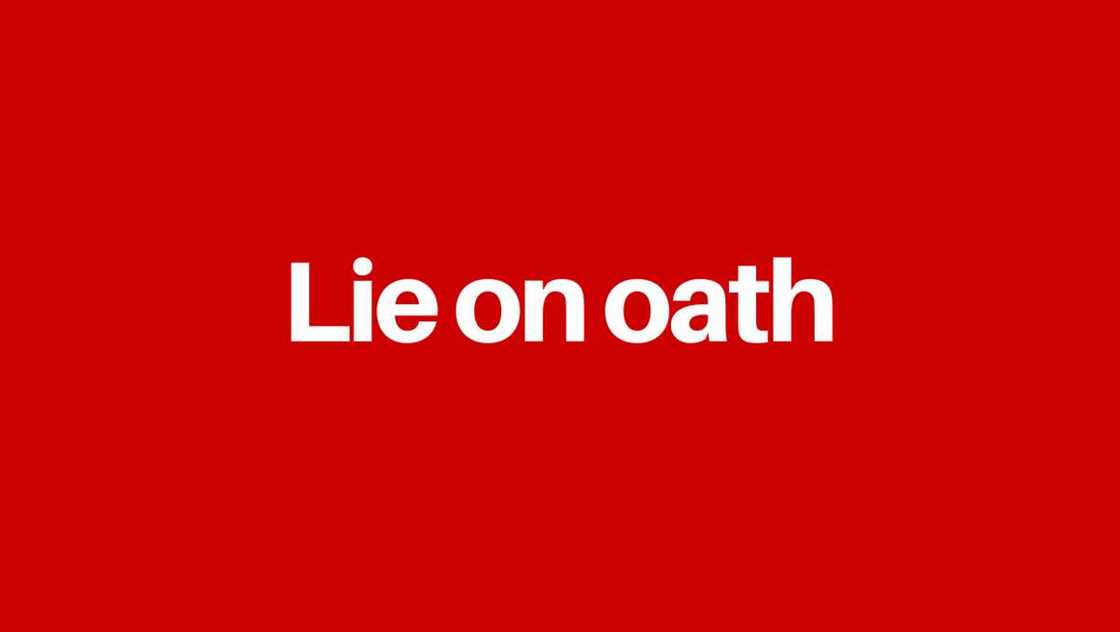
Source: UGC
These are untrue statements of a person in court or provided in writing form after warning about responsibility for giving false testimony. It is a crime because, on the one hand, the witness thereby violates the oath given to speak only the truth. And on the other hand, it impedes justice. It would not be a crime if a witness gave false testimony, honestly mistaken, i.e. not knowing that these statements are false.
Perjury

Source: UGC
It is a violation of the pledge, sealed with a solemn oath. It is considered as one of the most shameful types of lies. In some cultures, it is regarded as a crime. In most cases, the reasons for perjury are unnecessary.
Slander

Source: UGC
It means the spread of false information or false report about a crime. Like perjury, it is a criminal offence. Slander is considered one of the most reprehensible types of lies. However, if a distributor of defamatory information does not know that this fact is false, and takes it for truth, such actions are qualified as gossip, and not as slander.
READ ALSO: 10 qualities of a good friend
Self-denunciation
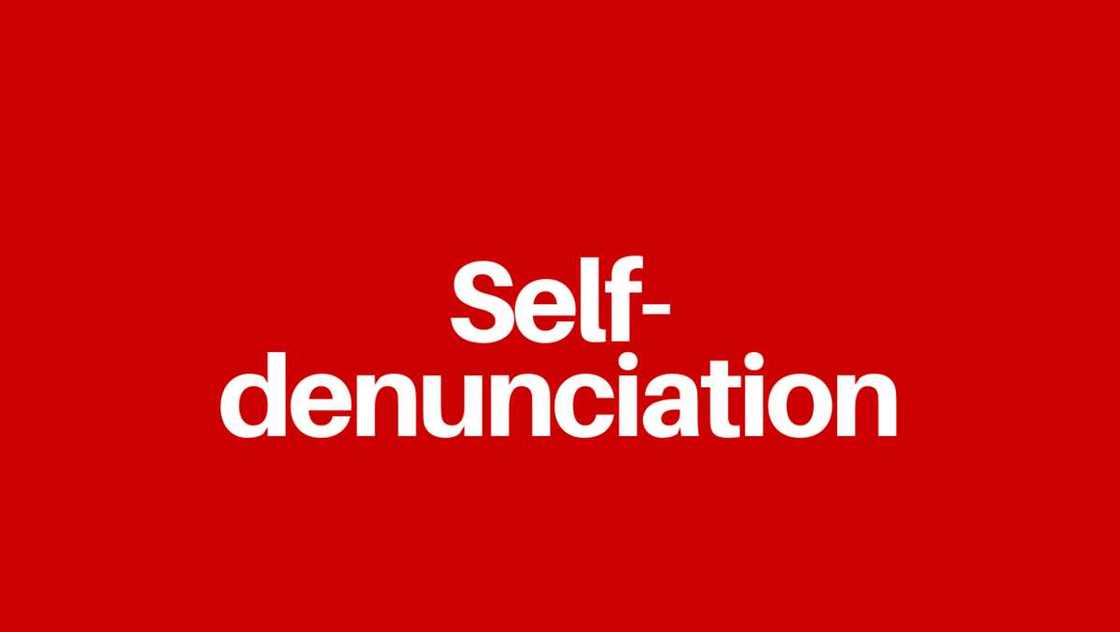
Source: UGC
This form is the opposite of slander. It means an admission of responsibility for an act that is knowingly performed by another person. Often, a self-denunciation is part of perjury. Legislation of many countries considers it a criminal offence.
Bluff

Source: UGC
It is a statement about a speaker having some object or intention, which he or she actually does not have. Bluffing is a tactical device, and can at the same time be classified as a different kind of lie.
For example, in various games (usually a card or sports one) it is considered as its part. The bluff of a criminal who demands money from a cashier, holding a bulging finger in his pocket, is a lie. The bluff of a policeman putting a finger in the back of a criminal instead of a gun is a lie for good.
Misrepresentation
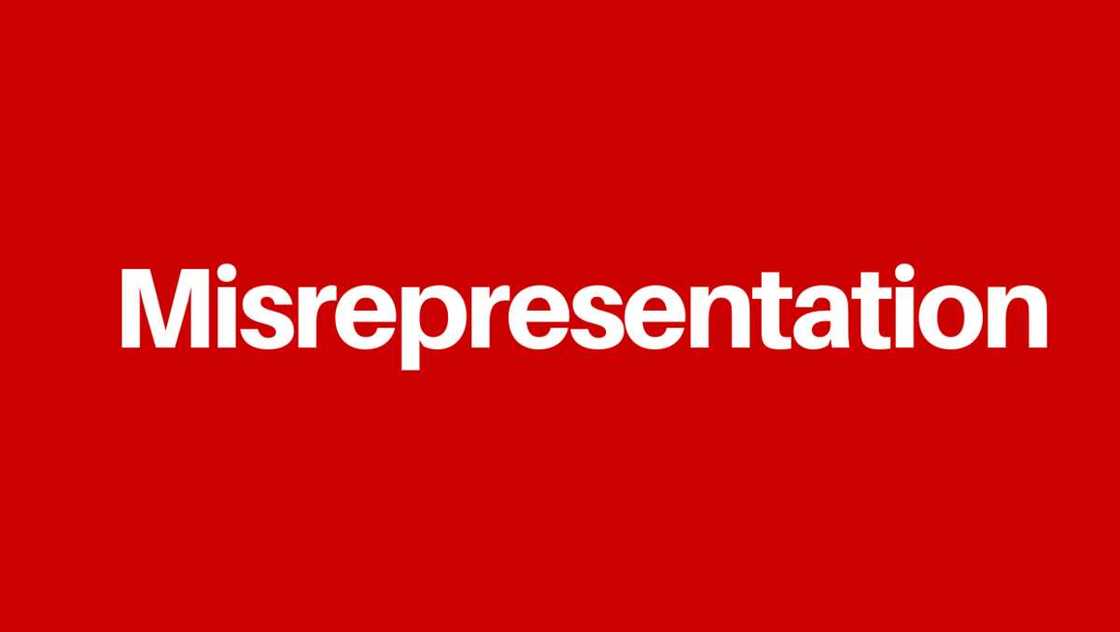
Source: UGC
The goal is to make a listener believe in the truth of what is not. It is constructed in such a way that all the facts are real. However, they are selected to bring a person to the wrong conclusion.
Failure and contextual lie are examples of misrepresentation. Generally, this type is too broad, since any form of deception contains an element of false representation.
Juggling with facts
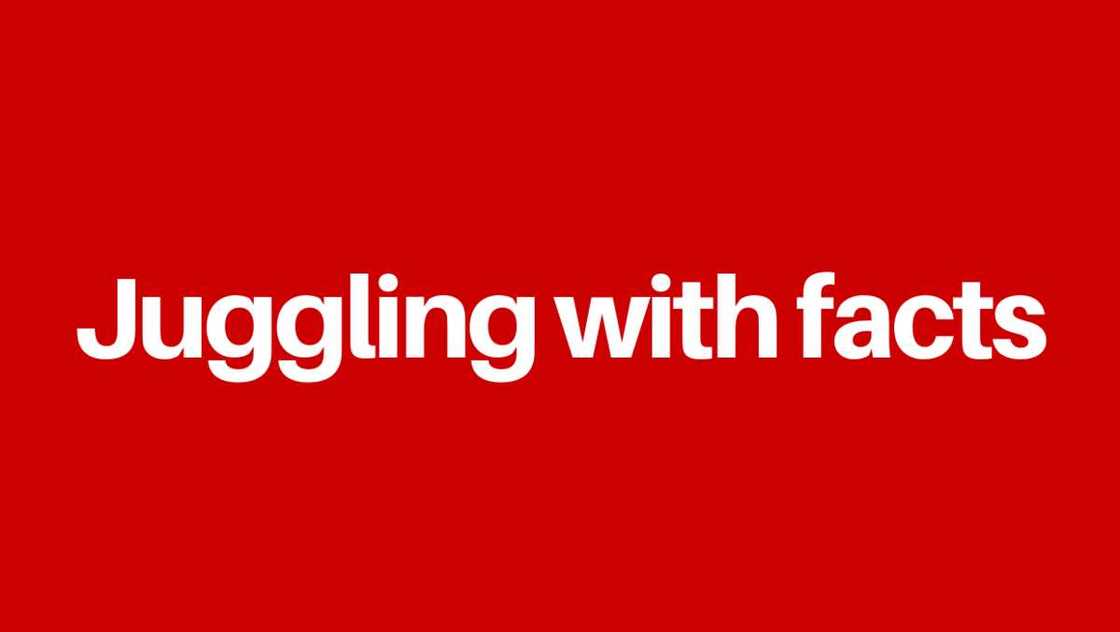
Source: UGC
It is a special case of misrepresentation, which consists of the manipulation of qualitatively correct facts. They are presented in such a light that leads a listener to obviously wrong conclusions.
Exaggeration

Source: UGC
It occurs if the statement is qualitatively true, but the given quantitative characteristics are embellished and do not correspond to reality.
Understatement
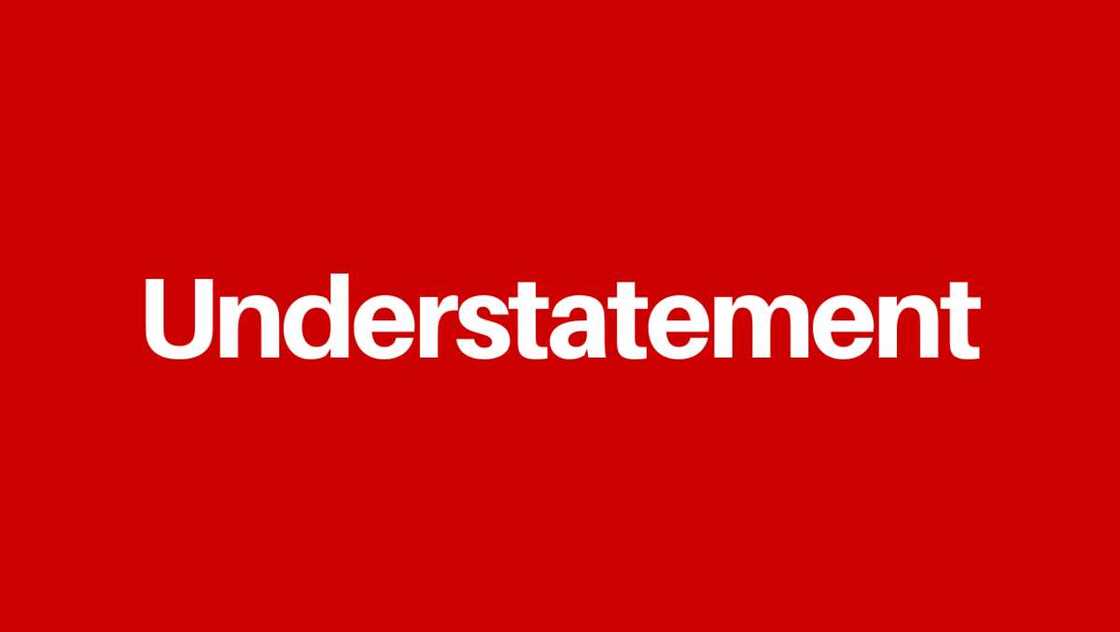
Source: UGC
It is an inverse form to exaggeration, which means the data is qualitatively correct but quantitatively reduced. For example, many people underestimate their age on various websites.
Joking lie

Source: UGC
It is part of the joke, which is usually evident to all participants of communication. An example of a joking lie is sarcasm. The question of whether such a trick is a "real" deception is often disputed, and many philosophers have different opinions about it.
Lying is an ordinary, fundamental skill in the life of every person. It is believed that the development of the human brain occurred under the pressure of continuously increasing cognitive abilities to create and recognise deception.
Lies permeate all spheres of human life and social interaction. Public messages regarding deception are often controversial. We teach children to lie successfully and make others lie to us, even though we regard lies as a vice. The development of comprehensive psychology of deception should take into account these paradoxes, as well as the biological, intrapsychic and social prerequisites for the development of types of lies.
READ ALSO: Biblical qualities of a good man
Source: Legit.ng




